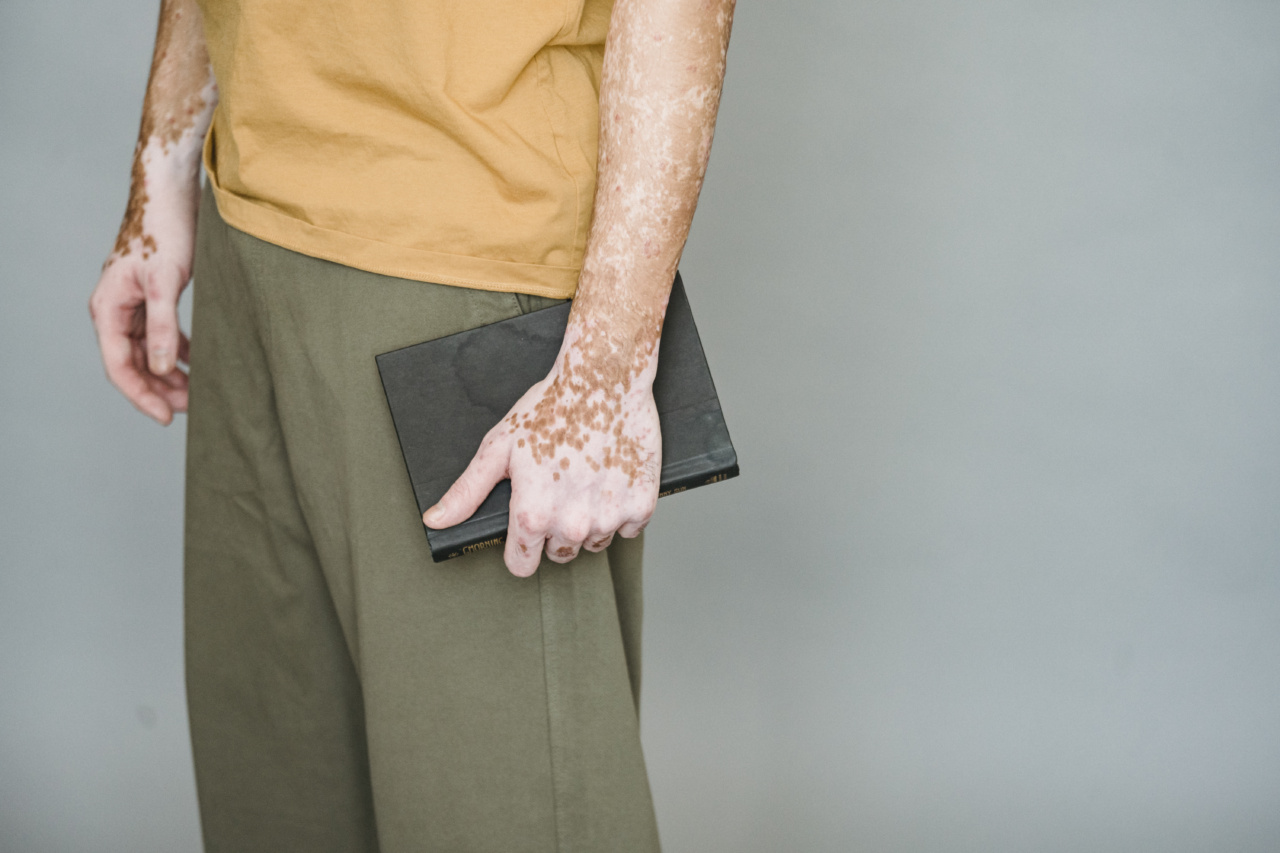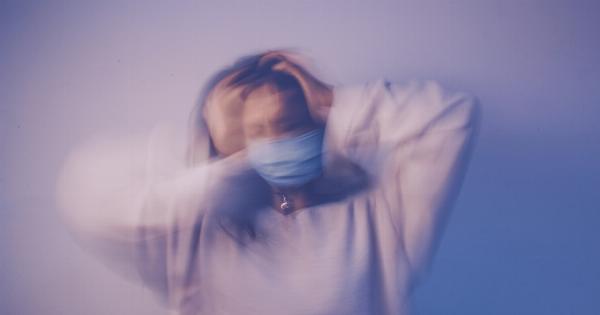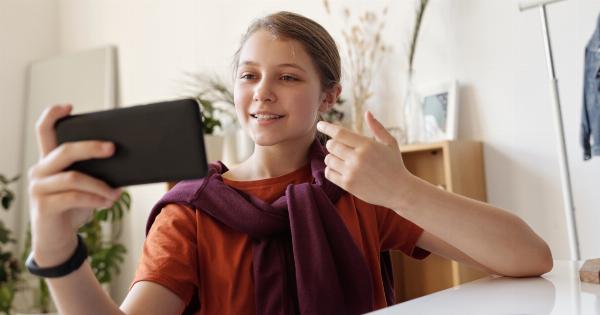Vitiligo is a chronic skin condition characterized by the loss of color in patches of skin. It occurs due to the destruction of melanocytes, the pigment-producing cells in the skin.
This condition affects people of all ethnicities, genders, and ages, causing significant emotional and psychological distress for many individuals. Through the power of visual storytelling, we can examine the journey of those living with vitiligo, the challenges they face, and promote greater understanding and acceptance.
1. Early Signs and Symptoms
Vitiligo often starts with small, pale patches of skin that gradually develop into larger areas with a complete loss of pigmentation. These patches may appear on any part of the body and can spread over time, affecting self-esteem and body image.
2. The Emotional Toll
Vitiligo not only alters physical appearance but also takes an emotional toll on individuals. Many people with vitiligo face social stigma, misconceptions, and prejudice due to their unique appearance.
Depression, anxiety, and low self-esteem are common psychological effects experienced by those living with this condition.
3. Prominent Figures with Vitiligo
Several notable figures have embraced their vitiligo, becoming advocates for self-acceptance and raising awareness about the condition.
Celebrities like Winnie Harlow, an internationally recognized model, have played a significant role in changing societal perceptions of vitiligo.
4. Cultural Perspectives on Vitiligo
Vitiligo holds different cultural meanings worldwide. Some societies associate it with supernatural or spiritual factors, while others consider it a curse or a sign of disease.
Understanding these diverse perspectives can help foster empathy and promote global acceptance.
5. Treatments and Management
While there is currently no cure for vitiligo, various treatment options are available to manage the condition and improve the appearance of affected skin. These include topical corticosteroids, phototherapy, depigmentation, and surgical procedures.
It is important for individuals with vitiligo to consult with dermatologists to determine the best treatment approach for their specific case.
6. Artistic Expression and Creativity
Many individuals with vitiligo turn to art as a means of self-expression and empowerment.
Through various forms of art, such as body painting, photography, and visual representations, individuals can redefine their relationship with their condition and educate others about vitiligo.
7. Support Groups and Online Communities
The advent of the internet has facilitated the creation of online support groups and communities for individuals with vitiligo.
These virtual spaces serve as platforms for sharing experiences, offering advice, and providing emotional support to those who may feel isolated in their everyday lives.
8. Changing Beauty Standards
Vitiligo challenges traditional beauty standards and encourages inclusivity. With the rise of diverse representation in the media, more and more people are recognizing the beauty and uniqueness of those living with vitiligo.
This shift promotes acceptance and empowers individuals to embrace their differences.
9. Education and Awareness Campaigns
Education and awareness are crucial in dispelling misconceptions surrounding vitiligo. Through targeted campaigns, both online and offline, the general public can gain a better understanding of the condition and support those affected by it.
10. A Journey of Self-Love and Acceptance
The journey of living with vitiligo is often about fostering self-love and acceptance.
By showcasing the stories of individuals with vitiligo and highlighting their triumphs, society can learn the importance of embracing differences and celebrating the beauty in diversity.






























